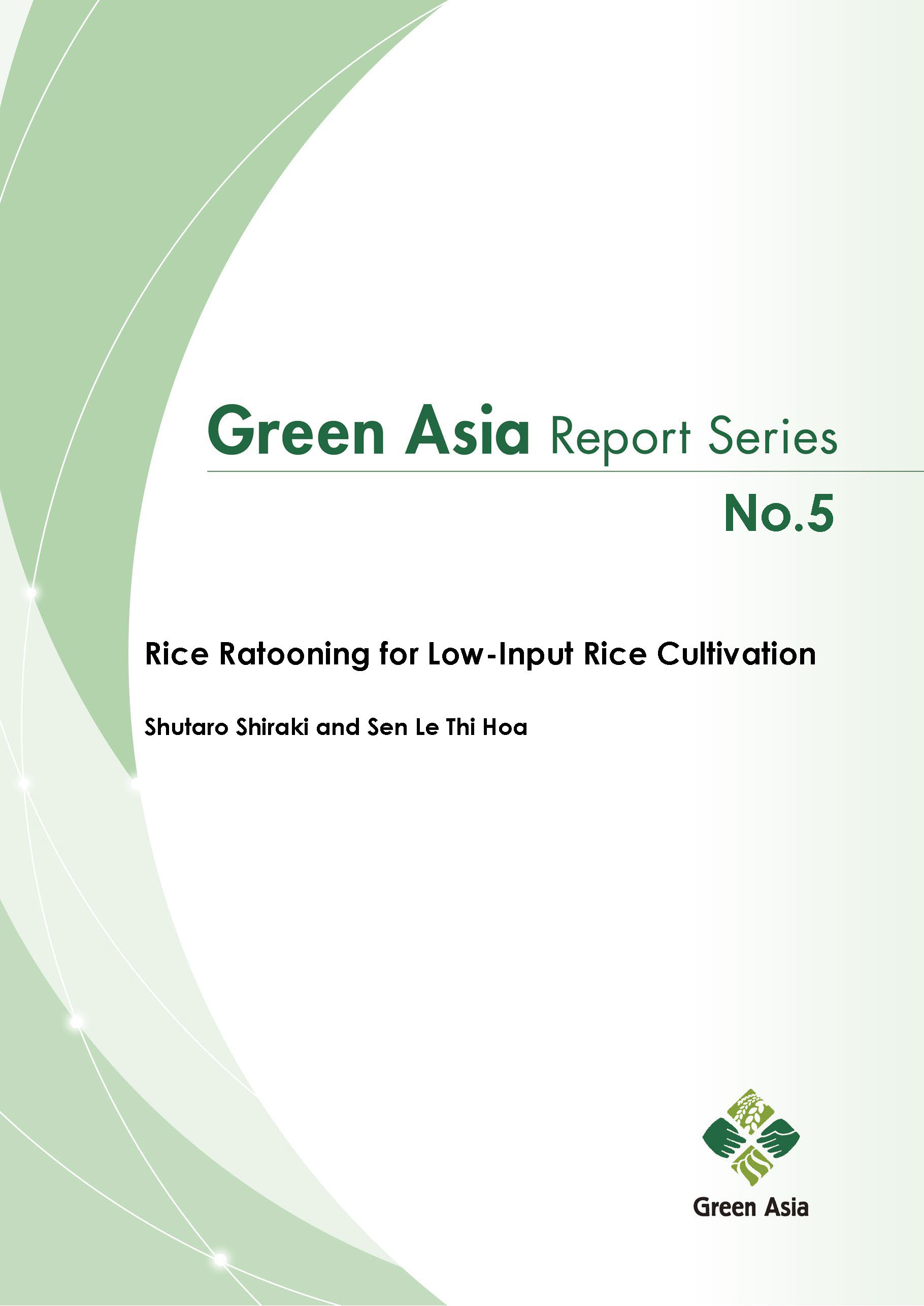Rice Ratooning for Low-Input Rice Cultivation

“Sustainable agriculture” focuses on farming that emphasizes environmental protection, economic stability, and social responsibility. It employs various methods and technologies to ensure sustainable food production for future generations. With population growth, climate change, and environmental issues intensifying, promoting sustainable agriculture is crucial for achieving the United Nations’ Sustainable Development Goals (SDGs). However, several challenges impede the widespread adoption of sustainable practices. A major challenge is the destabilization of the international food market, which can make small-scale farmers’ incomes unstable, potentially hindering investments in sustainable agriculture and efforts to reduce environmental impact. Additionally, climate change directly affects crop production, leading to decreased yields and declining quality, while increasing the risk of disrupting agricultural ecosystems.
In the Asia-Monsoon region, the aging and departure of farmers have led to a significant shortage of agricultural labor, posing a major obstacle to sustainable agriculture. For instance, in Japan, the average age of agricultural workers is rising, and there is a notable decrease in new farmers. This decline can hinder the dissemination of new agricultural technologies and proper farmland maintenance, potentially undermining sustainability. Consequently, there is a pressing need for new agricultural technologies that reduce labor and resource inputs while enhancing productivity. Technological innovation in agriculture is crucial to achieving the SDGs.
This report delves into “ratoon rice cropping," an agricultural technology aimed at enhancing understanding of its characteristics and challenges. Ratoon rice cropping involves cultivating rice repeatedly using new shoots (ratoon) that sprout from the stubble after the first crop (main crop) harvest. This method eliminates the need for plowing, puddling, seedling, and transplanting for the second crop, thereby reducing associated materials and labor. Additionally, the growth period of the ratoon crop is significantly shorter than that of the main crop, requiring less effort for fertilization and water management. In some regions, the short growing period of the ratoon crop allows for harvest before the flood season, contributing to regional food security.
To successfully implement ratoon rice cropping, selecting varieties that produce numerous tillers from the stubble after the main crop’s harvest is essential. Since ratoons begin developing before the main crop’s harvest, cultivation management must consider ratoon development from the main crop stage. For instance, fertilization to promote ratoon growth and soil drying during harvest to encourage rooting are effective measures.
Challenges to ratoon rice cropping include low and unstable yields and the need for effective cultivation techniques. A significant issue is the decreased regeneration rate and reduced yields due to mechanical harvesting damage during the main crop’s harvest. Additionally, because ratoon rice grows from the same plant as the main crop, it is susceptible to the same diseases.
Despite these challenges, introducing the low-input ratoon rice cropping system instead of conventional double rice cropping offers numerous advantages. Ratoon cropping is highly labor-efficient and reduces environmental impact, allowing farmers to produce rice while cutting costs and labor hours. Additionally, it conserves water resources and reduces greenhouse gas emissions, playing a key role in both climate change adaptation and mitigation.
However, outside certain regions in China, ratoon rice cropping has not seen significant adoption. To promote its wider dissemination, it is crucial to enhance information and technical support for farmers, develop varieties suited to ratoon cropping, and refine cultivation techniques. Ongoing research is expected to drive advancements in both variety improvement and cultivation management practices.
| 刊行年月日 | |
|---|---|
| 作成者 | Shutaro Shiraki Sen Le Thi Hoa |
| 公開者 | Japan International Research Center for Agricultural Sciences |
| オンライン掲載日 | |
| 巻 | 5 |
| DOI | https://doi.org/10.34556/gars-e.5 |
| 言語 | eng |
